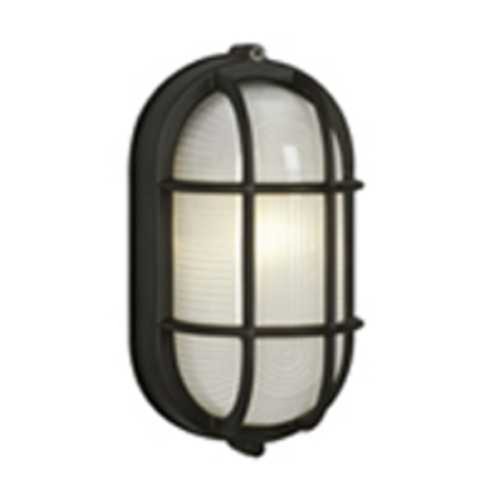TromboneAl
Give me a museum and I'll fill it. (Picasso) Give me a forum ...
- Joined
- Jun 30, 2006
- Messages
- 12,880
A new neighbor has his five outdoor lights on 24/7. Even during the night, they serve no purpose except as decoration. The family is rarely home, since they all work and go to school.
My calculation is that if they are 100 watts each, at .17/KWH, he's spending $744 per year, or $7,440 over the course of 10 years.
Did I slip a decimal place? Could anyone be unaware of that?
My calculation is that if they are 100 watts each, at .17/KWH, he's spending $744 per year, or $7,440 over the course of 10 years.
Did I slip a decimal place? Could anyone be unaware of that?

